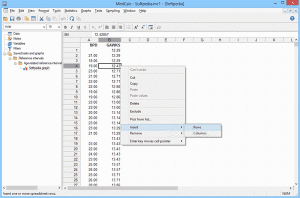

Multilinear regression was used to identify factors affecting VFA in patients with T2DM. Potential non-linear relationships between VFA levels and high 10-year ASCVD risk were examined using restricted cubic splines (knot = 4).

Receiver operating characteristic (ROC) curves for diagnosing the high 10-year ASCVD risk were constructed, and areas under the ROC curves were estimated. The odd ratios (OR) for a high 10-year ASCVD risk for different combinations of BMI and VFA were analysed using stepwise logistic regression. Patients were separated into six groups based on BMI and VFA. Visceral obesity was defined as a visceral fat area (VFA) ≥ 100 cm 2. Patients were considered to have normal weight when 18.5 kg/m 2 ≤ BMI < 24 kg/m 2 overweight when 24 kg/m 2 ≤ BMI < 28 kg/m 2 and obesity when BMI ≥ 28 kg/m 2. Patients with T2DM (6997) who satisfied the requirements for inclusion were enrolled.

We aimed to explore the relationship between general obesity and visceral obesity and 10-year ASCVD risk in patients with T2DM. Whether normal-weight visceral obesity will pose a higher atherosclerotic cardiovascular disease (ASCVD) risk than body mass index (BMI)-defined overweight or obese counterparts with or without visceral obesity remains unclear. Visceral obesity is associated with high cardiovascular events risk in type 2 diabetes mellitus (T2DM).


 0 kommentar(er)
0 kommentar(er)
